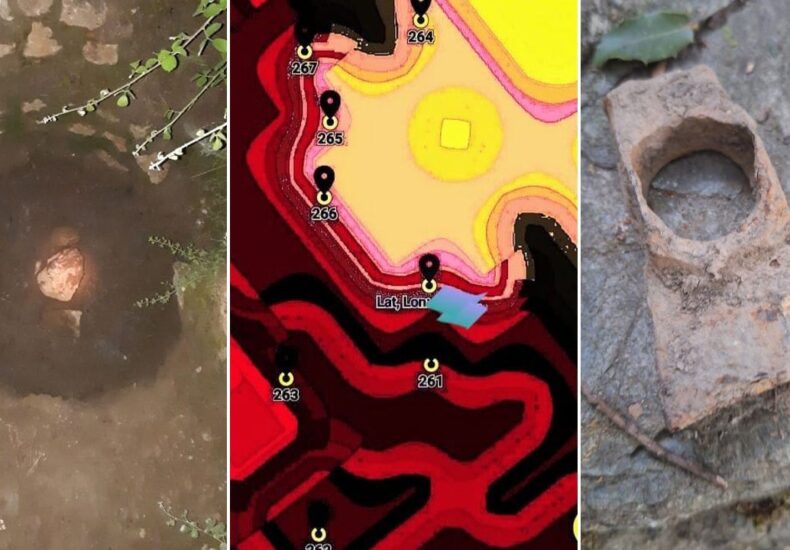
A treasure hunter claims to have located the site of the First Council of Nicaea, a pivotal event in Christian history
Mustafa Uysal, a treasure hunter in Bursa, has made a striking claim, announcing his discovery of an underground city in the Orhangazi district. According to Uysal, this discovery indicates that the First Council of Nicaea, a significant event in Christian history, was actually convened in this underground city, contrary to traditional historical understanding. Stating that he has kept this finding secret for years, Uysal is demanding $50 million to reveal the exact location of this alleged archaeological site.
Uysal, who became interested in treasure hunting after retirement, stated that his excavations led him to an important discovery. This discovery includes an underground city with sarcophagus tombs and long corridors adorned with intricate symbols. Uysal emphasized the importance of this finding for the Christian world, suggesting that it could completely alter the current historical understanding of the First Council of Nicaea, which convened in 325 AD to address fundamental theological debates within early Christianity.
The First Council of Nicaea is a landmark event in Christian history, convened by Emperor Constantine I to unify the rapidly spreading Christian community and resolve theological divisions that threatened to fragment it. One of the central issues of debate at the council was the Arian controversy, centered around the teachings of Arius, a presbyter from Alexandria. Arius argued that while Jesus Christ was divine, he was not co-eternal with God the Father, a belief that contradicted the traditional interpretation of the Trinity doctrine. Consequently, the Council produced the Nicene Creed, which affirmed the co-eternity of the Son with the Father and declared Arianism a heresy.
Speaking to İhlas News Agency (İHA), Mustafa Uysal said, “I have found the underground city where the Council was held. Inside, there are statues of Mary and Jesus, 12 altars around them, and directly opposite, the sarcophagus tomb chamber of Princess Niken.” If these claims are verified, they could have profound implications for historical science and religious heritage.

Uysal stated that he is seeking support from the Turkish government to bring this important site to light, arguing that it could significantly contribute to the country’s economy through tourism. “My request from the state is to unearth this place and revitalize Türkiye’s economy,” he said. “If these demands are met, we can make this place accessible to tourism within 3 to 6 months with the state’s own resources.”
Further detailing the potential value of the area, Uysal claimed that it could hold a reserve of approximately $150 billion, excluding any antiques and historical artifacts that might be found within. Uysal’s demand for $50 million for the location of this discovery has caused surprise and ignited debates about the ethics of commercializing archaeological discoveries.
The First Council of Nicaea not only resolved theological disputes but also established important precedents for church governance and discipline. The Council set a uniform date for the celebration of Easter, ensuring that Christians would commemorate this significant event in the life of Christ on the same day. Furthermore, the council’s decisions helped to strengthen the authority of bishops and laid a foundational framework for the future structure of the Church.
As the echoes of Uysal’s claims continue, the archaeological community and historians are following developments with great attention. If these claims are substantiated, this discovery will not only reshape our knowledge of the First Council of Nicaea but also add a new dimension to our efforts to understand the richness of early Christian history. The world awaits with curiosity the unfolding stages of this intriguing story, which could unexpectedly bring together the past and the present.
Cover Photo: IHA
You may also like
- A 1700-year-old statue of Pan unearthed during the excavations at Polyeuktos in İstanbul
- The granary was found in the ancient city of Sebaste, founded by the first Roman emperor Augustus
- Donalar Kale Kapı Rock Tomb or Donalar Rock Tomb
- Theater emerges as works continue in ancient city of Perinthos
- Urartian King Argishti’s bronze shield revealed the name of an unknown country
- The religious center of Lycia, the ancient city of Letoon
- Who were the Luwians?
- A new study brings a fresh perspective on the Anatolian origin of the Indo-European languages
- Perhaps the oldest thermal treatment center in the world, which has been in continuous use for 2000 years -Basilica Therma Roman Bath or King’s Daughter-
- The largest synagogue of the ancient world, located in the ancient city of Sardis, is being restored

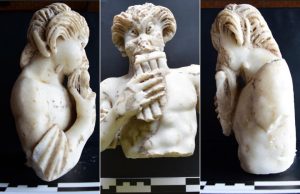
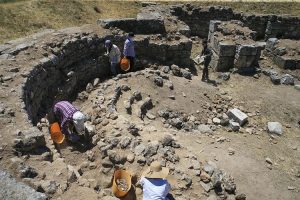
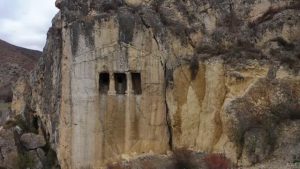
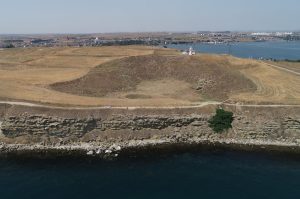
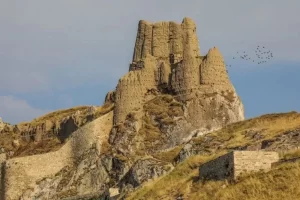

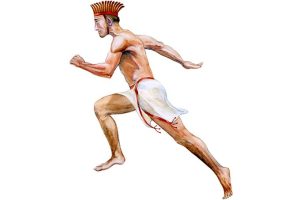

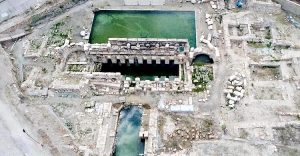
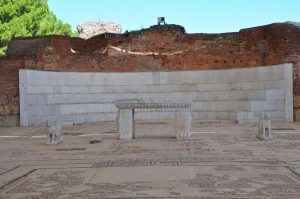
Leave a Reply